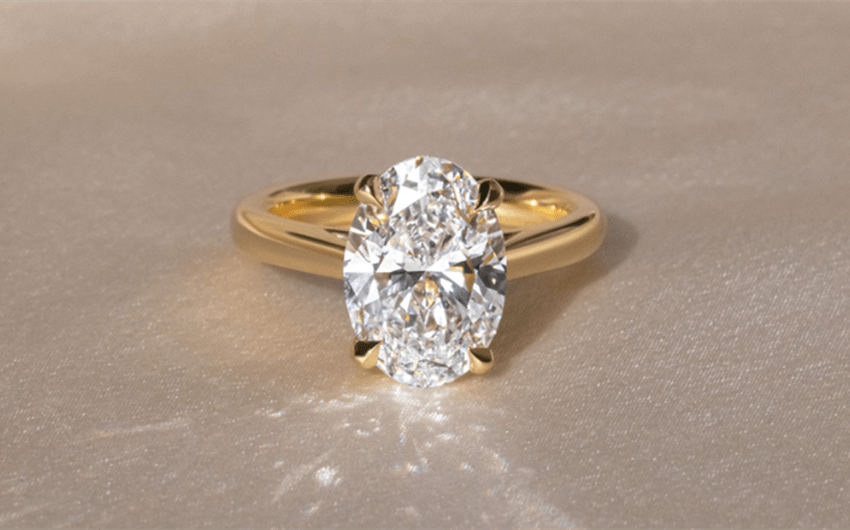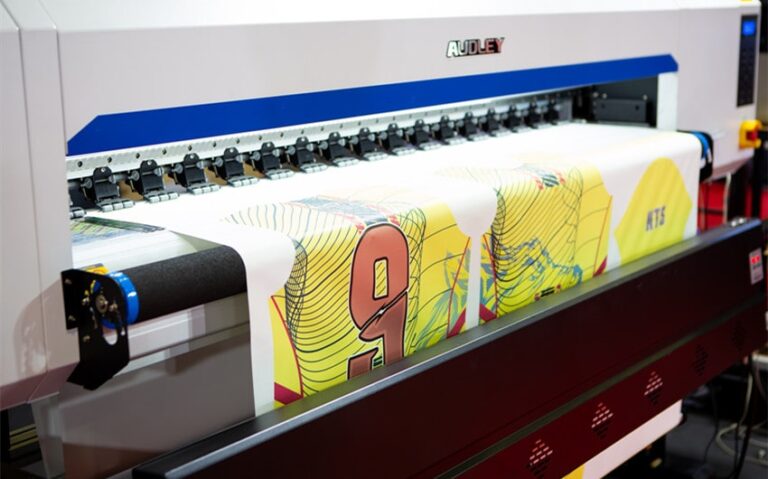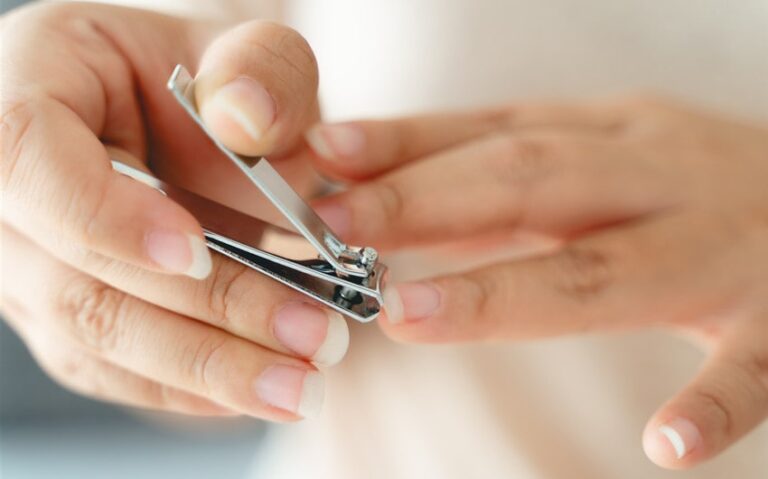Artisan vs. Mass-Produced: What Makes Jewelry ‘Authentic’ in the Modern World?
In the era of fashion that goes out of date quicker than you can scroll through your feed, the question of authenticity in jewelry is more topical than ever. As there are countless numbers of styles at all prices, many are left wondering: What makes a piece of jewelry really authentic? The question therefore is, what is a genuine piece of jewelry? Is it the method, the materials, the hands that are involved or something deeper?
We should begin with the fundamentals. Mass-produced jewelry normally implies those pieces that are made in great numbers, possibly by machine, mold and streamlined processes. It is a cost-effective and open strategy, so that consumers find it easy to get on-trend styles without breaking the bank. These pieces can be found anywhere, even on popular fast fashion stores or in virtual markets.
On the other hand, artisan jewelry is generally handmade in small numbers by highly skilled craftspeople. These works show the technique of the artist, choice of the material and cultural influence. The outcome can be anything that seems more individual, even unique. The errors are part of the process—evidence that it was created by a human, and not by a mass-producing machine.
However, authenticity can be a matter of values, besides aesthetics. Artisan jewelers will usually focus on the workmanship, clarity and moral sourcing. They can work with recycled metals, ethical sourced stones or classic techniques handed down through the generations. For the consumers who support the story behind their jewelry, these details are important.
Let us take the case of the oval diamond engagement rings. Depending on whether you buy a mass-produced version or an artisan version, the former can have a generic design and lab-created stones, embedded in mass produced bands, whereas the latter can include hand picked stones, special details of bands or personalized engraving. The difference resides not only in the look, but the purpose.
Culturally, batch productions have made jewelry more democratized—reachable to more people in more styles than ever before. But it also brings challenges. Moral concerns around supply chains, environmental effect, and labor practices are increasingly coming under scrutiny. When you buy a $20 necklace from a massive retailer, what are you really paying for—and what’s been compromised along the way?
Handcrafted jewelry is associated with another type of a connection between the artist and the customer. Customers often get to learn about the artist through a marketplace, e.g., Etsy or Instagram, or even order custom work. It is not a buy, but a partnership, an expression of creativity, and even a political statement of the slow, sustainable fashion.
So, what is authentic jewelry in the modern days? Not materials, or method but meaning. The new value of authenticity is based upon purpose: If you’re buying a bulk-produced trinket or a hand-forged ring, the question is: does this piece reflect something real to you?
Ultimately, artisan as well as mass- produced jewelry have their place. Understanding the distinction, however, makes consumers form more considered decisions. And in a culture hooked with uniqueness, sometimes authenticity is less about what you wear and more about why you chose it.







